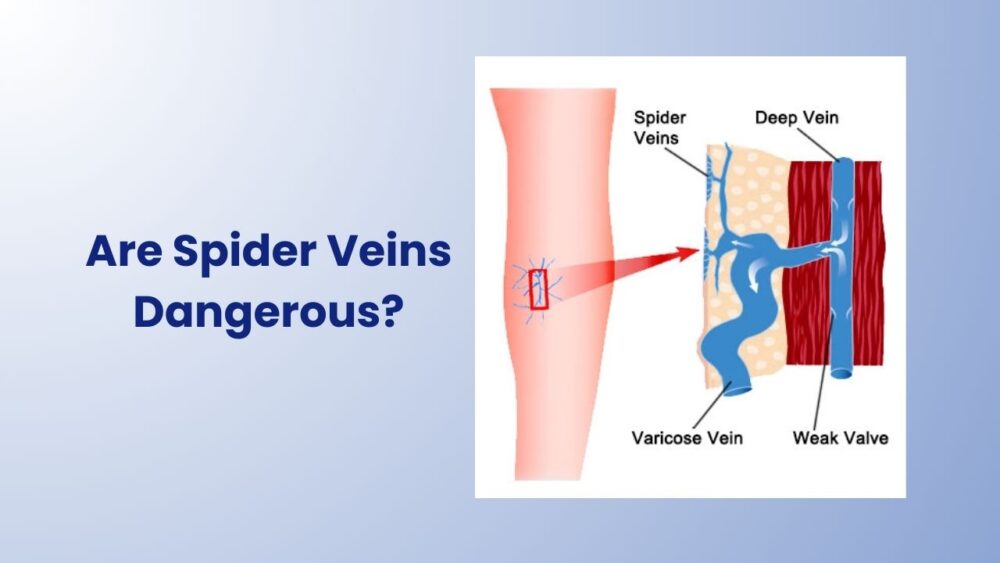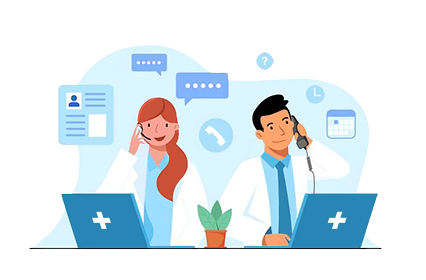
Permanent Solutions for Spider Veins: When to Consult a Vein Specialist
Seeking treatment from a vein specialist is the best way to permanently remove spider veins. These might appear as red, purple, or blue and can take the form of delicate branches, webs, or lines.
Occasionally referred to as thread veins, these are mostly harmless and painless, but some individuals may opt for treatment for aesthetic reasons.
The cause of spider veins is weakened valves in the veins. These valves are responsible for preventing the blood from flowing back down the veins before it reaches the heart. When these valves malfunction, gravity pulls the blood back down, leading to pooling in the veins, which enlarges and discolors them.
Why do spider veins develop?
They can develop due to various reasons, including prolonged periods of standing or sitting, pregnancy, obesity, trauma, and age.
In some cases, spider veins may be a result of an underlying venous condition caused by abnormal pooling in veins with damaged valves. It is a prevalent condition, with over 50% of adults having spider veins, but fortunately, there are no associated health risks.
Several risk factors increase the likelihood of developing spider veins. Genetics play a significant role, as 90% of people that have a family history of the condition.
Pregnancy can also contribute to their development due to increased blood flow and pressure on the leg veins.
Spider veins are more common in women, especially those over 50 years of age. Age itself is a risk factor, as vein valves tend to deteriorate over time, and calf muscles may lose strength.
Being overweight, hormonal changes from birth control or menopausal therapies, long-term standing, vein injuries or previous blood clots, and sun damage are also factors that can contribute to their development.
Signs and Symptoms of Spider Veins
Here are the top five signs and symptoms:
- Feeling of heaviness or achiness in the affected areas, often the legs.
- Burning, cramps, or swelling, accompanied by muscle pains.
- Increased discomfort after prolonged standing or sitting.
- Itching and skin inflammation in the affected areas.
- Skin discoloration surrounding the veins, making them more noticeable.
Available Vein Treatment Options
You can opt any of the vein treatments available:
- Compression stockings can help reduce leg swelling and the risk of blood clots.
- Sclerotherapy involves injecting an irritant into the affected veins to make them stick together and prevent blood flow, gradually causing the veins to disappear.
- Vein closure treatment uses a chemical injection to block the blood supply to the damaged veins, leading to their gradual reduction or disappearance.
- Laser treatment can also be used to dry up the veins using a concentrated light beam. However, laser treatments are typically less successful than sclerotherapy and closure techniques.
- EVLA (Endovenous Laser Ablation) is a procedure for treating spider veins and large varicose veins, where a laser fiber is inserted into the vein to collapse it through the application of heat.
While this vein condition is generally harmless, some individuals may choose to have them treated for cosmetic reasons. If you are unsure whether your vein issue is only spider veins or if it is related to another condition, consulting a vein specialist can help determine the appropriate treatment options to reduce or eliminate the appearance of spider veins.


